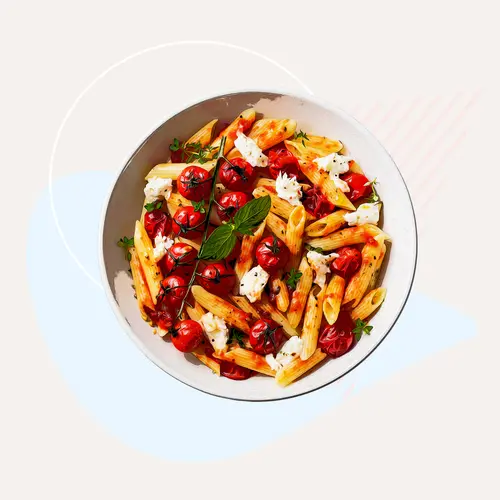Pressure canning is the process of preserving foods in a kettle pressurized with steam. It’s the only safe method for low-acid foods. If it’s not done properly, home canning can have a high risk of food poisoning. Here’s how to pressure can food.
1. Choose and Prepare the Right Pressure Canner
To seal your jars properly, you need the right equipment. You shouldn’t do this process in a large stock pot with a lid. Instead, you’ll need a pressure cooker that’s made specifically for canning. Look for a canner that has a:
- Clamped lid
- Pressure gauge
- Steam vent
- Safety fuse
It should be large enough to hold four 1-quart jars and should have the Underwriter’s Laboratory (UL) seal of approval.
To prepare your pressure canner:
- Wash and dry the equipment.
- Inspect the rubber gasket and replace it if it’s cracked, sticky, or brittle.
- Clean any dust and debris from vents and any openings.
- Adjust the pressure according to your altitude.
Make sure your pressure canner is calibrated each year to be sure it's accurate.
2. Choose the Right Pressure Canning Food
Lots of foods can be canned, including meat, poultry, and fish. You can use the boiling method for some foods, but low-acid foods with a pH level greater than 4.6 must be pressure canned to protect against the risk of food poisoning.
These foods include:
- Most vegetables, including green beans, beets, potatoes, corn, asparagus, carrots, peppers, and peas
- Some fruits like tomatoes, figs, apples, applesauce, and cherries
- All meats
- All fish
- All seafood
- Milk
3. Prepare Your Foods and Jars
Wash, sterilize, and thoroughly dry your jars and lids before you add any food. This keeps your jars free from bacteria and other germs before you start.
To prepare your food, carefully inspect it, get rid of any moldy or diseased food, and trim off any spots or bruises. Make sure to thoroughly wash fruits and vegetables. Choose your foods fresh and begin canning right away.
Next, cut your food to fit the jars. Once you have all your food ready, bring water to boil in a pot. Add your food to the water and boil for a few minutes. For fruits, you might need to add sugar, but follow your recipe instructions.
This boiling method is called hot packing and is preferred over putting raw foods into jars. Hot packing gets rid of oxygen in foods, shrinks food, and stops it from floating in the jars. This gives the canned food a better shelf life.
Once you’ve finished boiling for the recommended time, put the food into your jars right away and pour hot water over the top. Leave room at the top of the jar according to the recipe. Each food might have a different headspace requirement. Always follow recipes that are in the USDA Complete Guide to Home Canning.
Clean your jars and rims and place the lids on.
4. Pressurize and Seal
The next step is to pressurize and seal your jars:
- Add 2 to 3 inches of hot water to the bottom of the canner.
- Place your jars onto the rack in your canner.
- Seal the lid according to the instructions.
- Turn the heat to the highest setting, and let it heat up until steam comes out of the vent.
- Let the steam vent for 10 minutes.
- After 10 minutes, place the weight on the vent and bring the canner up to the right pressure. Let the jars process for the time outlined in your recipe. This can be different for every food.
- Once processing is done, turn off the heat and let the canner pressure come back to zero.
- Take the weight off the vent, let it vent the steam for 10 minutes, and then remove the lid.
- Use a lifter to remove the jars. Let them cool undisturbed on a rack for 24 hours. Repeat the process until all your jars are finished.
5. Check the Seals
After 24 hours, check the seals on your jars. A fully sealed jar is important to prevent any bacteria or germs from growing in your food.
To check a seal, push on the lid. If it’s properly sealed, the lid will not flex up or down. If your jars aren’t sealed, you can reprocess them according to your recipe directions. Or you can put the cans in the fridge to eat right away.
6. Store and Eat
Label your jars with the ingredients and the canning date, and store them in a cool, dark place. The shelf life of home canned food is generally 12 months, and it should be used before two years. If any jars leak, bulge, crack, or spurt liquids and smell bad when you open them, throw them out.
Preserving foods is a great way to process your garden produce. Use these steps and good recipes for safe canning.

